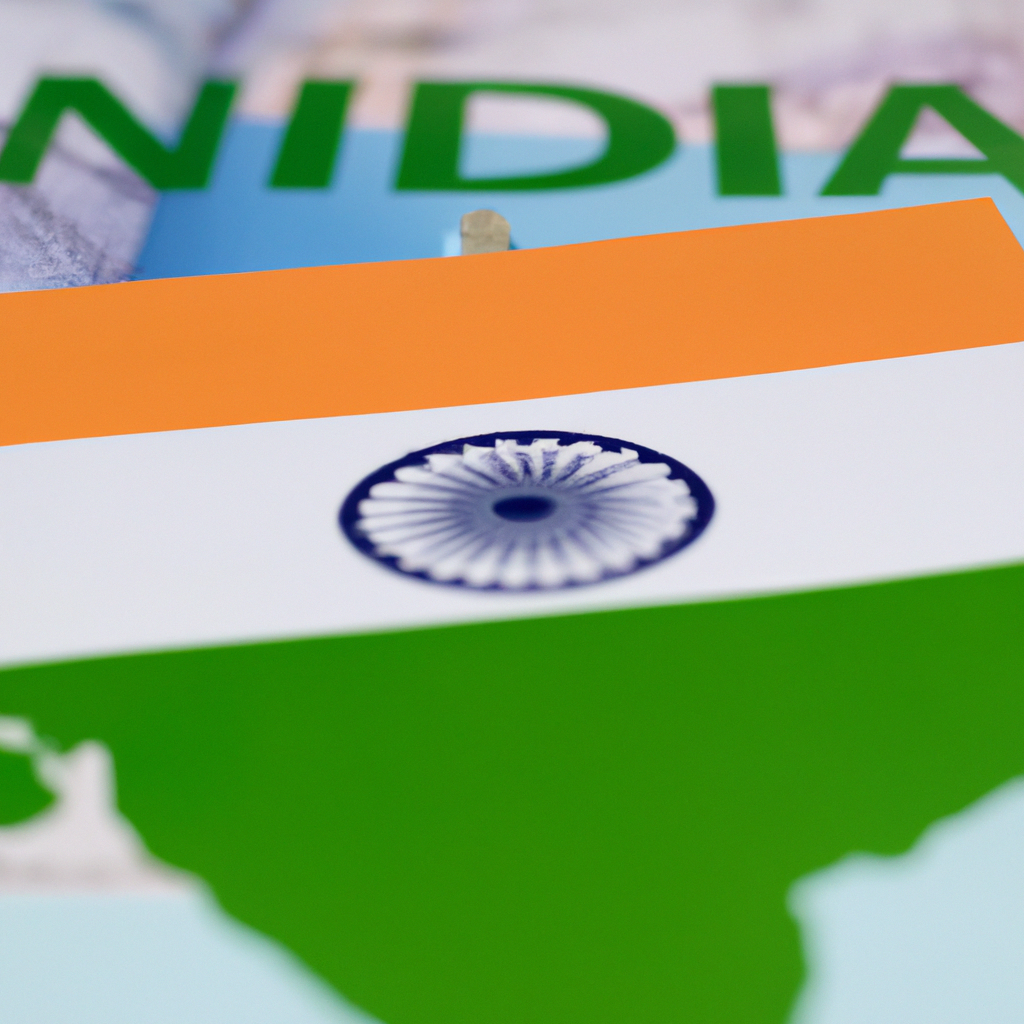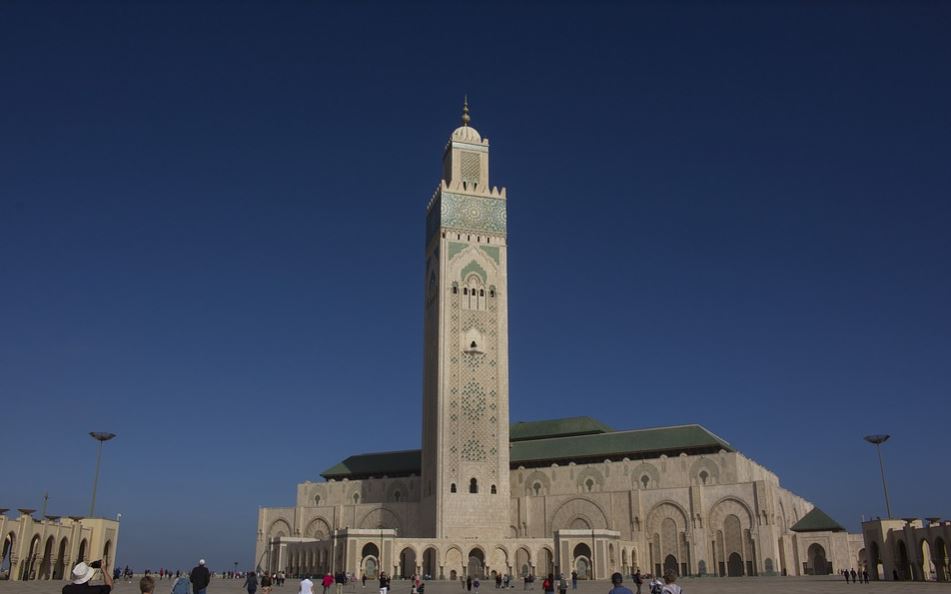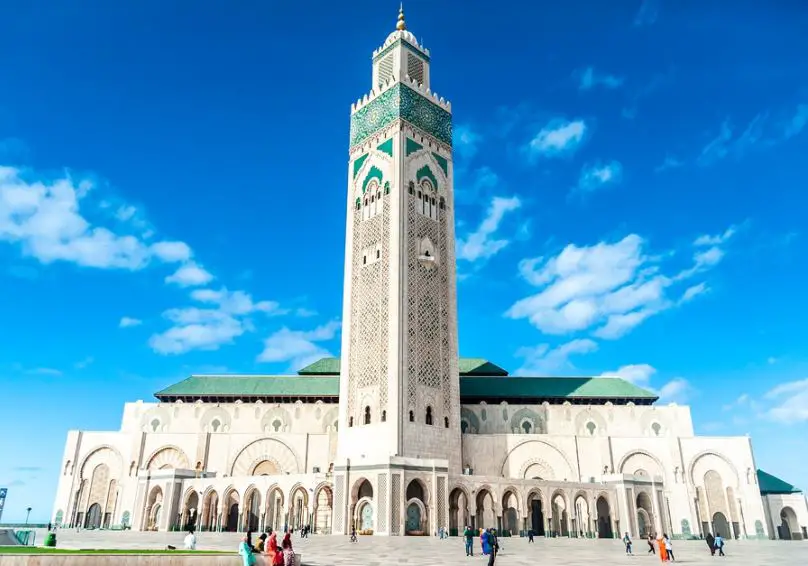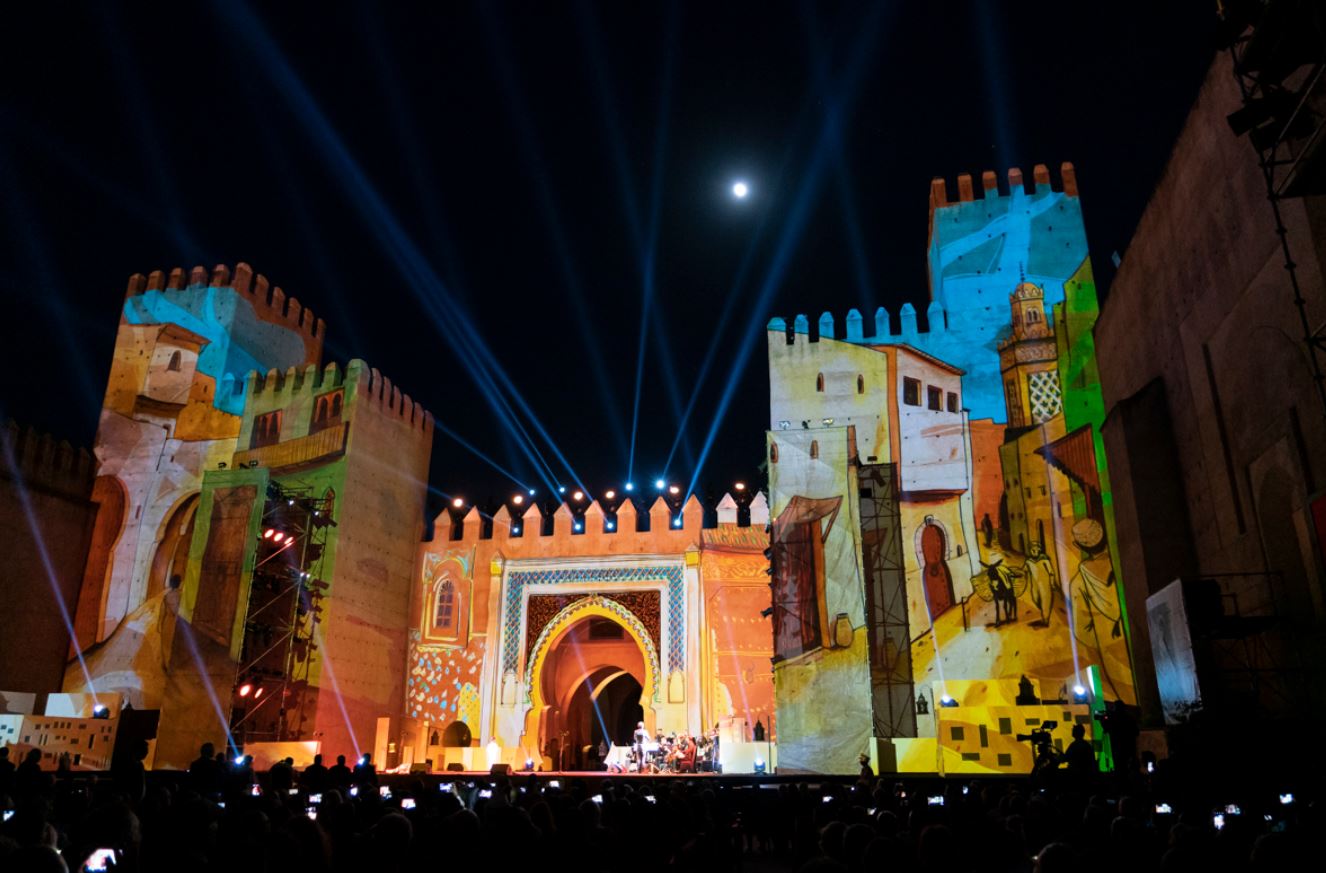What are the major textile traditions and techniques in India?
Post ByAdequate Travel
Summary
India has long been known for its rich textile culture and heritage, with a variety of different techniques and traditions being used over the centuries. In this blog post, we'll take a closer look at the various textile traditions and techniques present in Indian culture, and how they continue to influence the industry today. Keep in mind that travel guidelines and travel rules may change anytime, so regularly check for updates to ensure a hassle-free and memorable travel experience.1. Bandhani
Bandhani is a tie-dye technique that involves tying small portions of fabric with thread and then dyeing it. It is a traditional textile art form that is popular in Rajasthan and Gujarat. The process creates intricate patterns and designs on the fabric.
Example: Bandhani sarees and Bandhani dupattas.
2. Block Printing
Block printing is a technique in which wooden blocks are carved with intricate designs and patterns. These blocks are then dipped in dye and stamped onto the fabric, creating beautiful printed motifs. This technique is prominent in the regions of Rajasthan and Gujarat.
Example: Bagru print sarees and Ajrakh print fabrics.
3. Embroidery
Embroidery is a meticulous process of decorating fabric with needlework using various types of stitches and thread. India is well-known for its diverse forms of embroidery, such as Chikankari from Lucknow, Phulkari from Punjab, and Kantha from West Bengal.
Example: Chikankari kurtas and Phulkari dupattas.
4. Weaving
Weaving is the process of interlacing two sets of yarn, warp, and weft, to create a fabric. Indian weaving traditions vary across different regions, including Banarasi silk weaving in Uttar Pradesh, Kanjeevaram silk weaving in Tamil Nadu, and Handloom weaving in various states.
Example: Banarasi silk sarees and Kanjeevaram silk sarees.
5. Kalamkari
Kalamkari is a technique of hand-painting or block-printing on fabric using natural dyes. It is practiced primarily in Andhra Pradesh and Telangana. Intricate scenes from mythology or nature are depicted in this art form.
Example: Kalamkari sarees and Kalamkari dress materials.
6. Batik
Batik is a method of applying wax-resistant dye on fabric to create patterns. The fabric is first covered with melted wax in specific areas, and then dyed. The wax resists the dye, resulting in beautiful designs. This technique is popular in Gujarat and West Bengal.
Example: Batik printed dupattas and Batik painting fabrics.
7. Tie-Dye
Tie-dye is a technique of creating patterns on fabric by tying, folding, or crumpling it before dyeing. Various colors and dyes are used to create vibrant designs. Tie-dye can be found in different regions of India, with Bandhani being one of its subsets.
Example: Tie-dye sarees and Tie-dye t-shirts.
8. Zari and Zardozi
Zari and Zardozi are techniques of embellishing fabric by using metallic threads, beads, and sequins. Zari involves weaving gold or silver threads into the fabric, while Zardozi is the art of attaching intricate metalwork to the fabric. These techniques are extensively used in bridal wear and formal garments.
Example: Zari work sarees and Zardozi embroidered lehengas.
Before embarking on your journey to india, make sure to check the latest travel guidelines and entry requirements to ensure a smooth tripSuggested Questions
- Agrasen Ki Baoli, Delhi: Horror Story, History & Paranomial Activities
- Ramoji Film City, Telangana: Horror Story, History & Paranomial Activities
- Feroz Shah Kotla Fort, Delhi: Horror Story, History & Paranomial Activities
- Lambi Dehar Mines, Mussoorie, Uttarakhand: Horror Story, History & Paranomial Activities
- Feroz Shah Kotla Fort, Delhi: Horror Story, History & Paranomial Activities
- The Mansion, Residency Road, Bengaluru, Karnataka: Horror Story, History & Paranomial Activities








